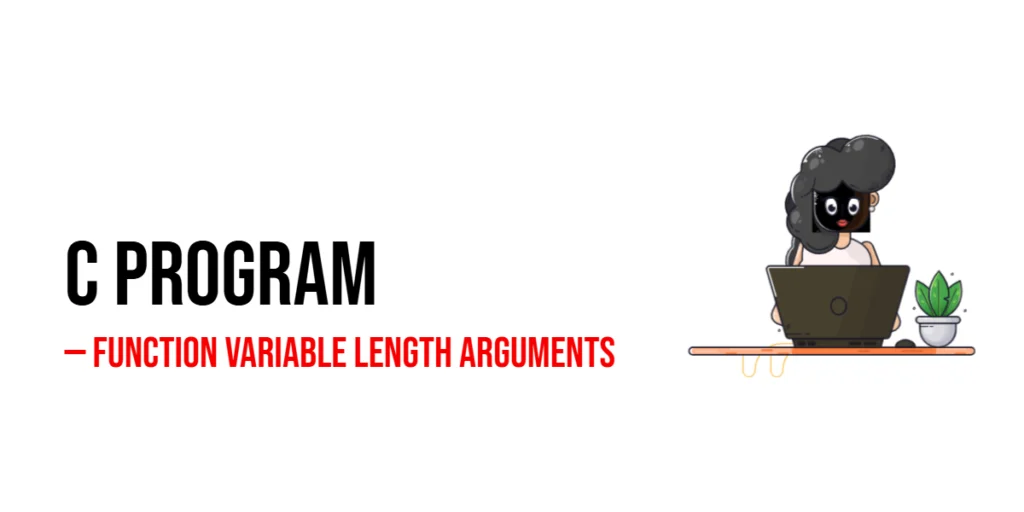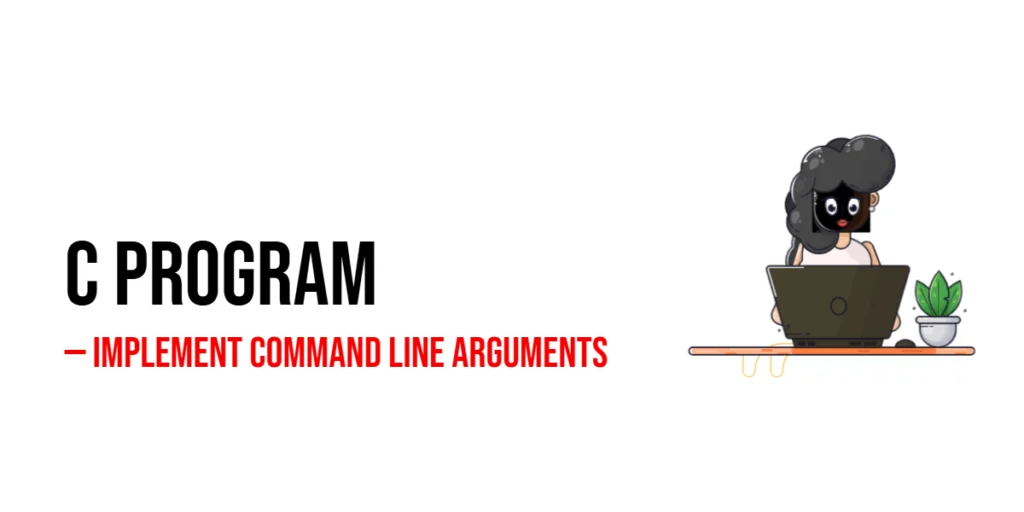C Program to Demonstrate Function Variable Length Arguments
In C programming, functions usually have a fixed number of arguments. However, there are situations where you may want to pass a variable number of arguments to a function. This is where function variable length arguments, also called variadic functions, come into play. They allow you to write flexible functions that can handle a different […]
C Program to Demonstrate Function Variable Length Arguments Read More »









